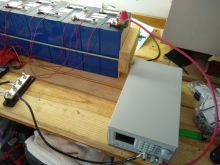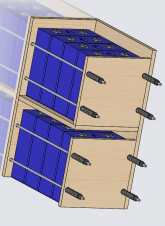ArthurEld
Solar Wizard
Batteries are the future. I'm going wait until you guys prove out the spring concept then I'll copy yours. ?
I'm still not ready to torque my nuts to 33 inch pounds either.
I'm still not ready to torque my nuts to 33 inch pounds either.






